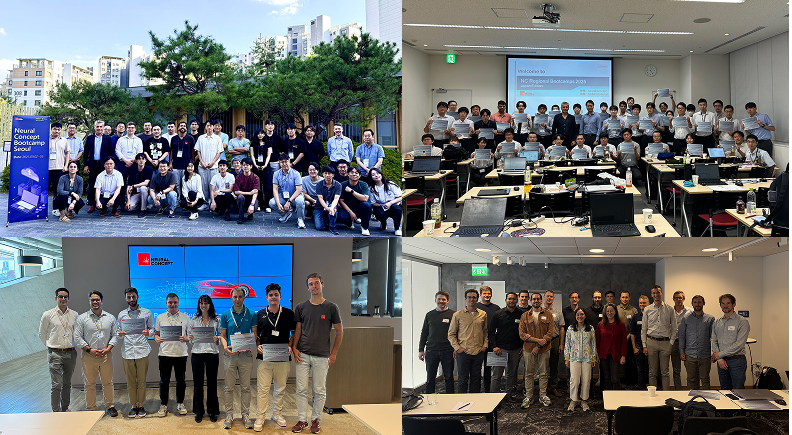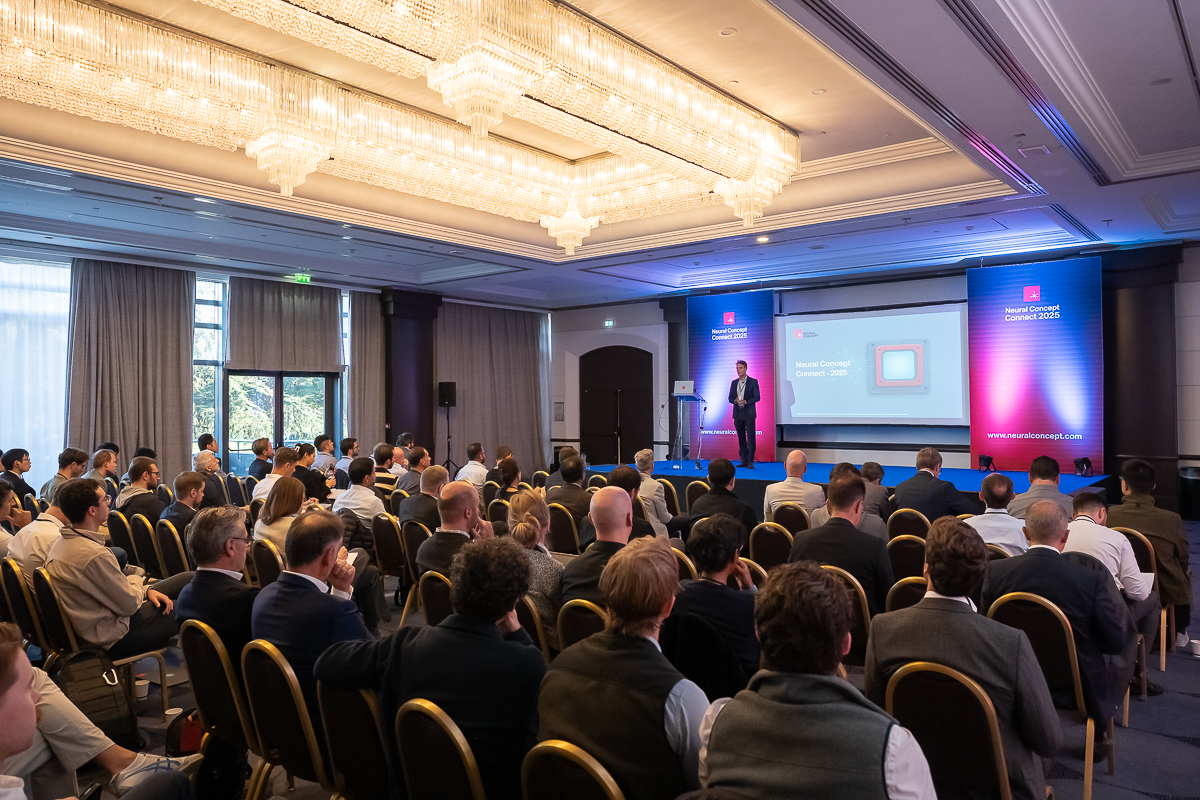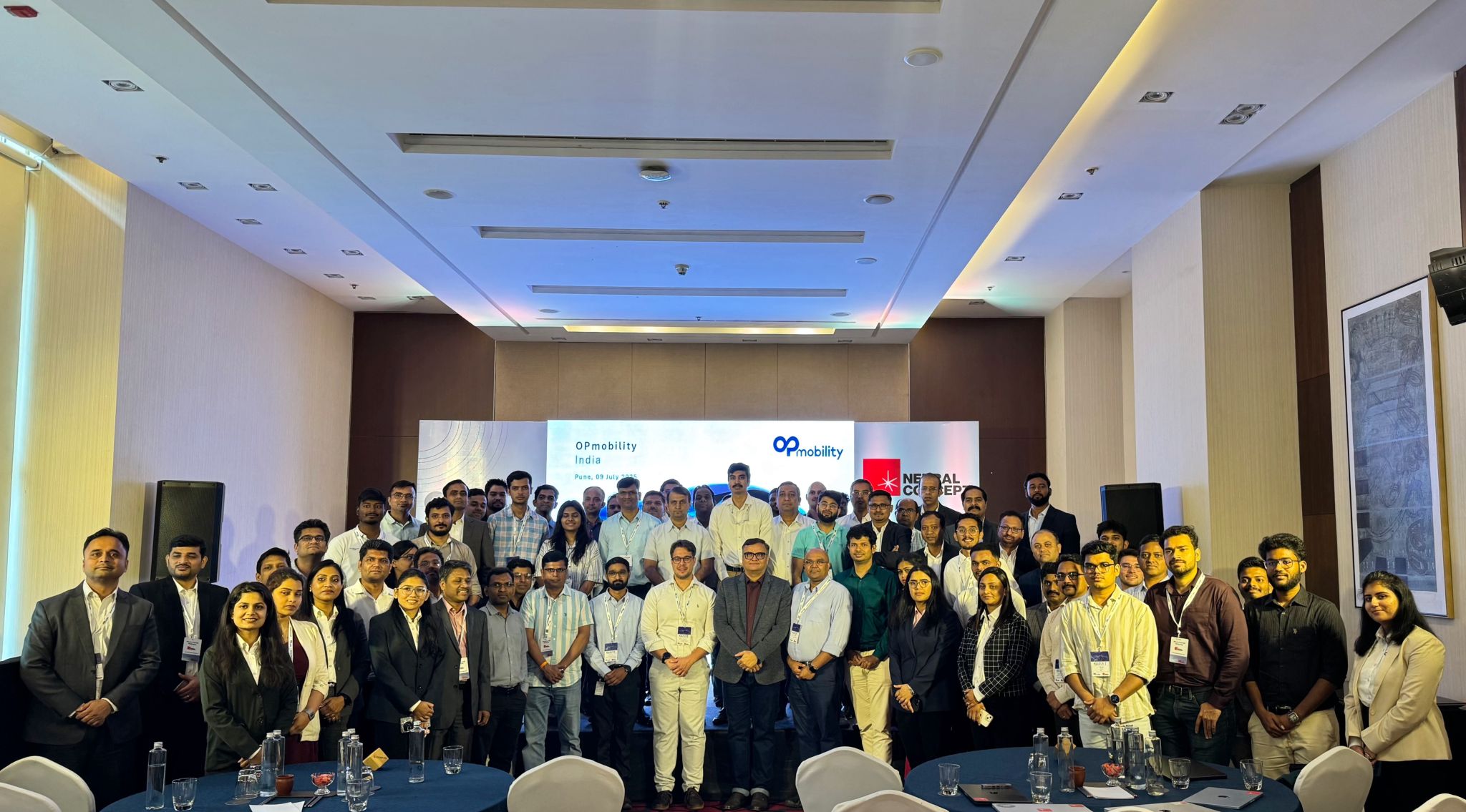NURBS vs Mesh Modeling: Optimizing Design Workflow

The advent of 3D modeling has impacted a wide range of industries, from automotive design to animation. This has reshaped how designers conceptualize ideas and bring them to reality. Two major geometric modeling approaches are "NURBS" (=Non-Uniform Rational B-splines) and "mesh modeling".
In this article, we will review how design departments can approach their workflows effectively with NURBS vs mesh modeling. The choice between the two can impact the efficiency and precision of workflows in product design departments and is part of the future of CAD technology. We will specifically focus on polygonal and NURBS modeling, starting with the latter.
What Are NURBS?
NURBS (Non-Uniform Rational B-splines) is a mathematical representation of curves and surfaces used in geometric modeling. Typical NURBS verbiage includes "control points", "weights", "knots", and "degrees". These elements lie at the foundation of the parametric modeling technique known as NURBS.
Control Points (CPs) and Weights
A control point (CP) is a component that influences the shape of a curve or surface and is the most important ingredient of the NURBS object. CPs are used to define and manipulate the object's geometry. CPs have coordinates (X, Y, Z) and act as "anchors" or "handles" that determine the shape of the curve or surface. More mathematically expressed, the coordinates of CPs change the coefficients of the large polynomials representing the NURBS. The positions of CPs per se generate a "control polygon" (a polygonal line) but what is more important is that CPs are used in mathematical equations to generate 1D or 2D shapes. By adjusting the coordinates of these CPs, designers can modify the modeled object's overall form, curvature, and structure.
In addition to the coordinates, CPs in NURBS modeling often have associated weights. These weights determine the influence of each CP on the object's geometry.
NURBS Curves
Imagine a smooth curve defined by a set of CPs, each with an associated weight. NURBS equations involve a single parameter u and a knot vector U: P(u) = ∑ N_i(u)⋅P_i
Here ∑_i is a sum over the index i going from i=0 i=n; P(u) is the resulting point; n is the degree, the N_i(u) (i going from i=0 i=n) are the basis functions (computed using the knot vector and the parameter u) and the P_i are the CPs with their respective weights. Also, U=[u_0, u_1,..., u_m+n+1] is the knot vector and n is the curve degree.
Introducing weights explicitly as W_i, the previous equation becomes P(u) = ∑ N_i(u)⋅W_i⋅P_i. The weight influences each CP's contribution to the curve's overall geometry. A higher weight amplifies the non-homogeneous or "rational" influence of a CP, while a lower weight diminishes it.

(uthtrumpold.id.au)
NURBS Surfaces
Surfaces are overall important both as geometrical representations of 2D and 3D bodies and as response maps that succinctly summarize the input/output relationship of dynamical systems.
Coming to geometry, a NURBS surface is a NURBS object extending the previous 1D concept into two dimensions, adding another parameter v: S(u,v)=∑i ∑j N_i(u)⋅M_j(v)⋅P_ij
Compared to the 1D case, there is a further summation ∑j over the j index and: S(u,v) represents the resulting points, n and m are the degrees of the surface in the u and v directions; N_i(u) and M_j(v) are the basis functions for the u and v directions, and finally the P_ij are the CPs with their respective weights.
Pros and Cons of NURBS Modeling
NURBS modeling provides a high degree of precision in representing curves and surfaces. This precision is crucial in automotive design, where exact, smooth surfaces are important for optimal performance. A typical example of NURBS is the production of a continuous and smooth surface: this smoothness makes NURBS objects valuable for computer-aided design, computer graphics, and industrial design.
NURBS modeling offers parametric control, empowering designers to manipulate a geometry by adjusting parameters like CPs and degrees; it proves advantageous in iterative design processes in industries such as aerospace for designing aerodynamic components or CAD geometry of a vehicle for a digital wind tunnel.
While NURBS objects are designed to be smooth, smoothness can be influenced by factors such as the degree, the arrangement of CPs, and any weights. NURBS modeling faces challenges when dealing with highly organic and irregular shapes commonly found in character modeling or natural landscapes. Achieving intricate detail in non-uniform shapes can be a complex task.
Why Is NURBS Called So?
A hierarchical representation can illustrate how concepts relate to each other in terms of specificity and features. From the broadest concept of "curve", we have a subset called "Splines" that represents piecewise defined curves using polynomial segments. Again we have the smaller subset of "B-splines" (where B stands for Basis) are a type of spline that uses basis functions. Finally, NURBS is a still more specialized concept that introduces “rationality” by incorporating weights.
Alternative Techniques - Why?
Computational demands are high in NURBS modeling, especially as the complexity of the design increases. NURBS may struggle to represent discontinuous features in geometry accurately: modeling objects with sharp edges may require alternative techniques.
What Are Meshes?
Let's now focus on an approach that is very popular in the digital era: mesh modeling involves creating 3D objects through vertices, edges, and faces. CAD (Computer-Aided Design) software utilizes mesh modeling to create 3D objects, offering rapid design conceptualization and modification. Among many others, the STL file format can serve as the output format for CAD software programs and as a representation of surfaces defined by mathematical data points. One of the advantages of STL is that it can be very quickly read by AI software for designers.
Pros & Cons of Mesh Modeling
Meshes are adaptable and suitable for a wide range of design applications: thus, mesh modeling offers an intuitive approach for designers. Meshes can be imported and exported across different applications. However, achieving high precision can be challenging compared to NURBS modeling; meshes lack the parametric control of NURBS surfaces. Corrupted meshes, resulting from irregular topology or non-manifold geometry, can pose challenges during the modeling process, leading to rendering errors or difficulties in further modifications.
Polygonal Mesh as a Subset of Mesh Modeling
There are many mesh models, among which the polygon mesh stands out. In this technique, 3D models are created primarily using polygonal elements, such as triangles quadrilaterals or polygons with more edges, organized into a mesh structure. With such a mesh, polygons (and their sub-categories, triangles, and quads) serve as the fundamental building blocks of 3D models. The mesh is formed by connecting vertices, edges, and faces. Vertices represent the corners of polygons, edges connect vertices, and faces define the object's surface. Artists have direct control over the topology of the mesh. They can add or remove vertices, edges, or faces for refinement.

Examples of Polygonal Modeling
Polygon modeling is widely adopted in the entertainment, gaming, architectural, and product design industries to represent the object's surface. One of the most common applications of the polygonal mesh concept is in character modeling for video games and animations. Artists create characters by manipulating a mesh of polygons to define the geometry and features of the character's body and face. The polygon mesh is frequently employed in architectural visualization to create detailed 3D models. In industrial design, polygon modeling is used to create accurate and detailed representations of an object. Designers can control the mesh to achieve precise shapes.
Polygonal modeling is often more computationally efficient than other modeling techniques. On the other side, there are some limitations to the polygon approach. Achieving perfectly smooth surfaces may require a high density of polygons, and this would impact performance. While effective for many applications, a polygon mesh might be less suitable for highly organic shapes with intricate curves.

(medium.com/retronator-magazine)
Appendix. Vector Images and Pixelization vs Parameterization
A vector image is a "digital recipe" for drawing pictures on a computer. Raster images are composed of pixels (tiny dots) arranged in a grid. Each pixel contains color information, forming a complete image. Instead of using pixels, vector images use mathematical instructions to create shapes, lines, and colors. Imagine it as a set of directions telling your computer how to draw a picture using precise measurements. Because it's based on math, you can zoom in as much as you want, and the image stays sharp and clear!



